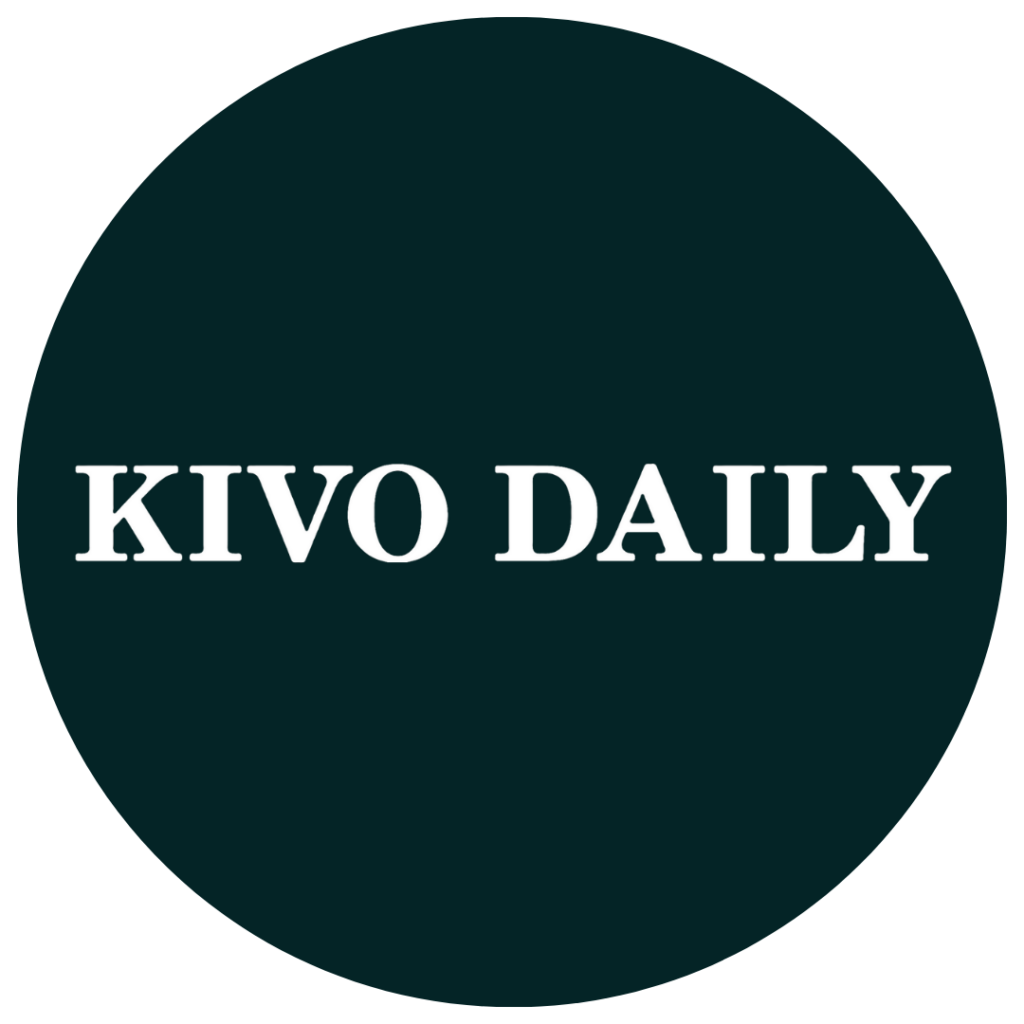In recent years, minimalist design has become a dominant trend in the world of branding, and logo design is no exception. From tech giants to luxury brands, many companies are opting for simple, clean, and visually striking logos that are easily recognizable and versatile across various platforms. This article explores why logo designs have shifted toward minimalism and how this approach benefits brands in a digital and globalized world.
Read also: Does Influencer Marketing Really Have Any Impact?
What is Minimalist Logo Design?
Minimalist logo design is characterized by simplicity, clarity, and elegance. These logos use fewer elements—fewer colors, shapes, and lines—yet retain a strong visual impact. Instead of complex illustrations or text-heavy designs, minimalist logos aim to communicate a brand’s identity in the most straightforward way possible. This approach is in line with the adage “less is more,” focusing on creating logos that are easy to recognize, timeless, and adaptable.
Minimalism in logo design has become increasingly popular over the past few decades as brands recognize the power of simplicity in conveying their core message and standing out in a crowded marketplace.
Key Features of Minimalist Logos
Minimalist logos tend to share certain characteristics that make them effective and memorable. These elements include:
Simple Shapes and Lines
Minimalist logos often rely on geometric shapes, straight lines, and clean curves to create a simple yet impactful visual. Shapes like circles, squares, and triangles are frequently used because they are straightforward and easy to recognize.
Limited Color Palettes
Minimalist logos typically use fewer colors, often sticking to monochrome or two-tone designs. This simplicity ensures that the logo is easy to reproduce and adaptable to different contexts, from digital platforms to physical merchandise.
Clear, Readable Typography
Typography plays a central role in minimalist logo design. Often, these logos feature straightforward sans-serif fonts or custom lettering that’s simple and easy to read at a glance.
Negative Space Usage
One of the most powerful tools in minimalist logo design is the use of negative space. By strategically using the empty space around or within the logo, designers can create dual meanings, hidden symbols, or dynamic effects that enhance the logo’s impact.
Abstract or Symbolic Representation
Instead of literal representations of a company’s product or service, minimalist logos often employ abstract symbols that convey a deeper meaning or reflect the company’s values, culture, or purpose.
Why Has There Been a Shift to Minimalist Logos?
Several factors have contributed to the rise of minimalist logo designs, from evolving consumer preferences to advancements in digital technology.
Changing Consumer Preferences
In today’s fast-paced world, consumers prefer simplicity. With overwhelming amounts of information available, people are gravitating toward clean, easily digestible designs. Minimalist logos provide a sense of clarity and order, making it easier for brands to establish a quick and lasting impression.
The Impact of Digital Media and Mobile Devices
One of the primary drivers of minimalist logo design is the need for logos to work well in the digital realm. Logos are now viewed on a variety of screens—smartphones, tablets, and desktops—which are often small and may not render intricate designs well. Minimalist logos are more adaptable to different screen sizes, ensuring they remain legible and visually striking on mobile apps, websites, and social media profiles.
In addition, digital marketing requires logos to be instantly recognizable. With so many ads and branding efforts competing for attention online, simplicity often helps a logo stand out and be remembered.
Globalization and Brand Recognition
As companies expand their reach across borders, a minimalist logo helps ensure that the brand is universally recognized. A simple design can transcend language barriers and cultural differences, making it more accessible to a global audience. Minimalist logos are clean, direct, and easy to reproduce across various markets, which is key for brands aiming to expand internationally.
Market Saturation and Competition
In crowded markets, standing out is more important than ever. A minimalist logo cuts through the noise and captures attention in a way that busy, complex logos cannot. The simplicity of these designs makes them more memorable and easier to differentiate in an oversaturated branding landscape.
The Role of Technology in Shaping Minimalist Logo Design
Technology has played a significant role in making minimalist logos more viable and effective. With the rise of vector-based design software like Adobe Illustrator, designers can create logos that are crisp, scalable, and versatile, with clean lines and geometric precision. These tools have made it easier to experiment with minimalist designs and achieve high-quality results that work across various platforms.
Furthermore, the rise of responsive web design and adaptive branding means logos must work across multiple platforms and devices. A minimalist logo adapts well to different screen sizes, from website headers to social media profile pictures. This scalability is a crucial factor in why brands are gravitating toward simpler designs.
The Psychological Appeal of Minimalist Logos
Minimalist logos are not only aesthetically pleasing but also resonate with audiences on a deeper level. Simplicity has a psychological impact on consumers, influencing their perception of a brand.
Simplicity and Memorability
Psychologically, people are drawn to simplicity. Research shows that humans process simple visuals faster and retain them better. Minimalist logos are easier to remember because they are straightforward and devoid of distractions. This helps create a lasting impression, ensuring that the brand stays top-of-mind.
Trust and Professionalism
Simple, well-designed logos often evoke feelings of trust and professionalism. By eliminating unnecessary details, minimalist logos convey a sense of confidence and reliability. Brands that opt for clean, minimalist designs are often perceived as modern, forward-thinking, and well-organized.
Focus on Core Brand Message
Minimalist logos allow brands to communicate their core values and message without distraction. By focusing on the essential elements of the brand identity, these logos convey what the brand stands for in a straightforward and clear manner. This clarity is especially important in today’s competitive market, where consumers expect brands to be transparent and direct.
Successful Examples of Minimalist Logos
Several high-profile brands have embraced minimalist logo designs with great success, demonstrating the effectiveness of this approach.
Tech Giants
- Apple: The simple apple silhouette with a bite taken out is instantly recognizable and symbolizes innovation and sleekness.
- Google: The clean, colorful wordmark embodies playfulness and simplicity, ensuring it’s easily identifiable across the globe.
Luxury Brands
- Chanel: The double “C” logo is iconic in its simplicity, exuding luxury and sophistication with minimalistic elegance.
- Nike: The swoosh, one of the most recognizable logos in the world, is simple yet powerful, reflecting motion and athleticism.
Corporate Logos
- FedEx: The negative space arrow between the “E” and “X” cleverly symbolizes speed and precision while maintaining a clean and professional design.
- McDonald’s: The golden arches are synonymous with fast food and convenience, easily identifiable even in crowded environments.
Read also: The Crucial Role of ROIs in Major Corporations
Benefits of Minimalist Logo Designs
Minimalist logos offer several advantages for brands, making them an attractive choice for businesses across industries.
Easy Adaptability Across Digital Platforms
Minimalist logos work well on various digital platforms, from small smartphone screens to large billboard ads. Their simplicity ensures they remain clear and legible, regardless of size or format.
Increased Brand Recognition
Because minimalist logos are simple and easy to remember, they can significantly improve brand recall. The cleaner and more straightforward the design, the easier it is for consumers to recognize and associate with the brand.
Timeless and Versatile
Minimalist logos have a timeless quality. They avoid trends that may look dated over time and retain their effectiveness for years to come. This longevity helps brands maintain a consistent and enduring presence in the market.
The shift toward minimalist logo design reflects broader trends in consumer behavior, digital media, and the branding landscape. Minimalist logos are effective because they prioritize clarity, memorability, and adaptability—qualities that resonate with modern consumers. As brands strive to stand out in an increasingly crowded market, embracing simplicity offers a powerful way to communicate identity, build recognition, and foster lasting connections with audiences.









